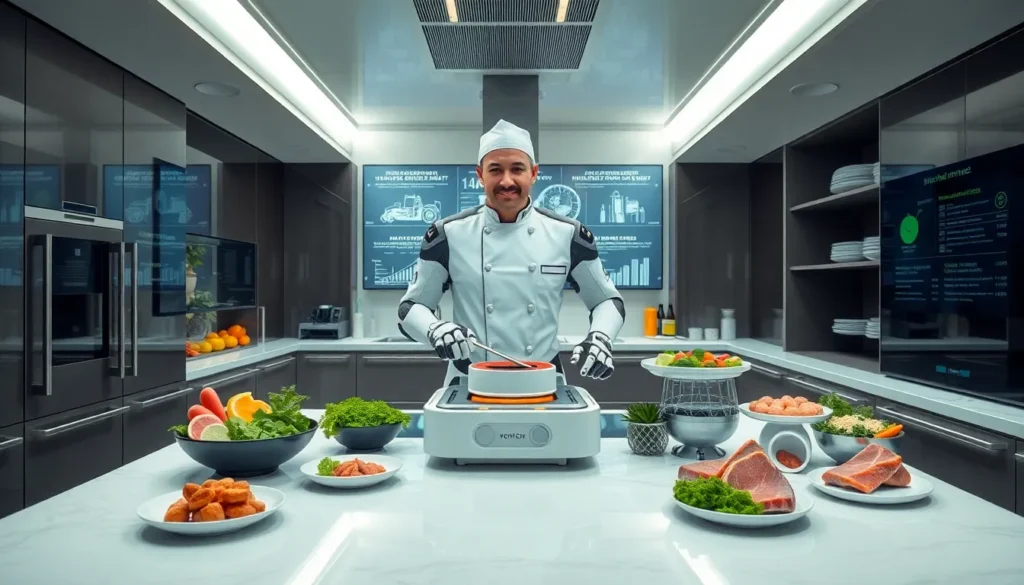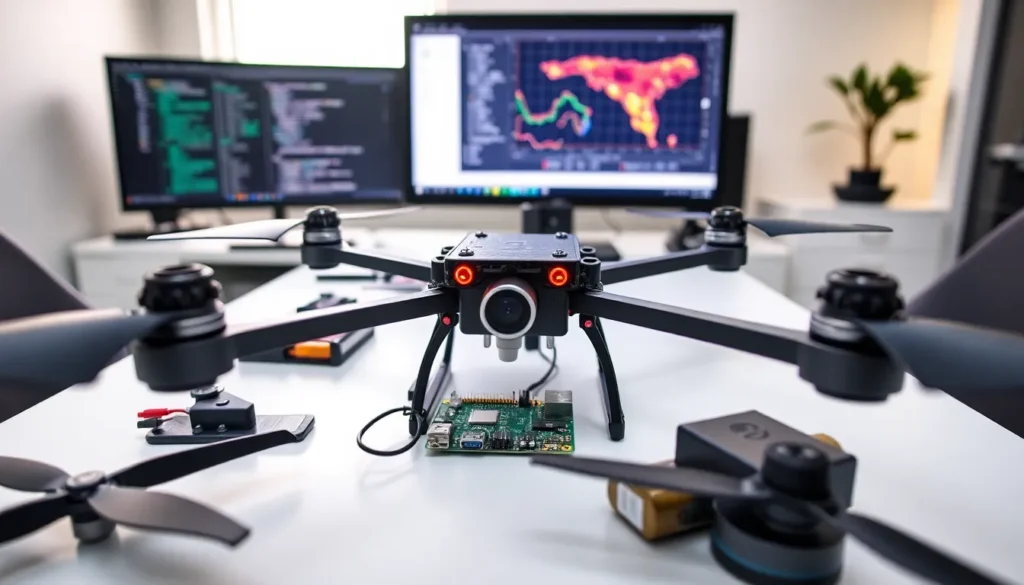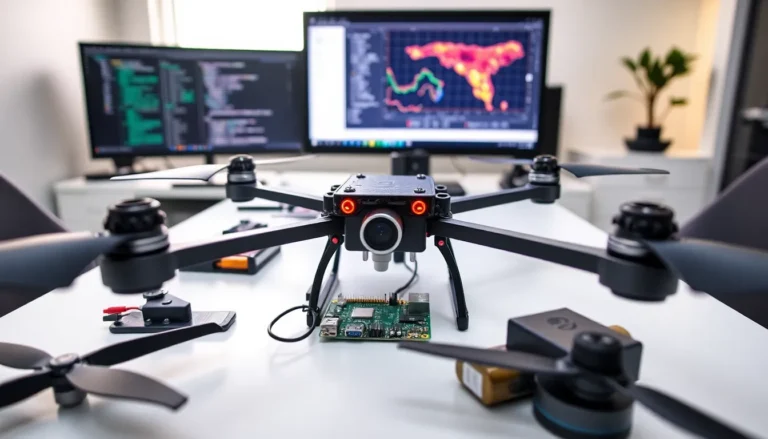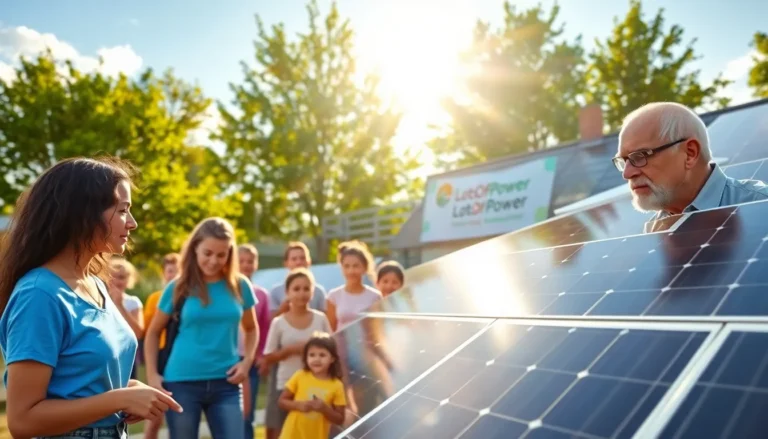Table of Contents
ToggleHave you ever wondered how food might look in a few years? Imagine a world where your meals are not just delicious, but also produced sustainably, delivered by robots, and as safe as possible thanks to smart technology. Food tech innovations are the secret sauce behind this future, blending creativity with technology to change how we eat, and our waistlines. Immerse, and get ready to rethink your relationship with food.
The Evolution of Food Technology
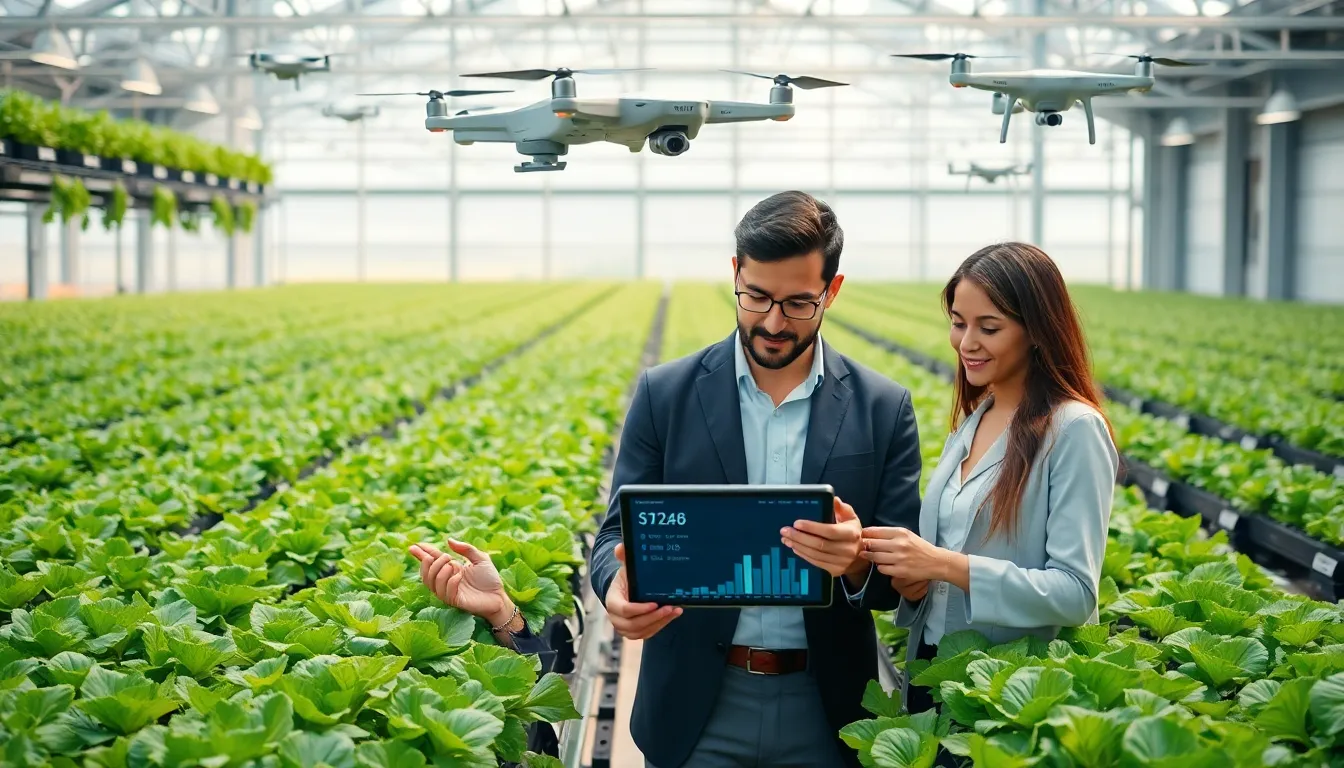
Impact of Technology on Food Production
Food production has undergone a seismic shift with the advent of technology. From precision farming techniques to the use of drones for crop monitoring, farmers are no longer solely relying on good weather and experience. Sensors and IoT (Internet of Things) devices provide real-time data about soil quality, moisture levels, and crop health. This allows for more well-informed choice-making, leading to healthier yields and significantly less waste. Also, automated systems help reduce labor costs and increase productivity, exactly what every farmer dreams of.
Sustainable Practices in Food Tech
As consumers become more eco-conscious, food tech innovations are stepping up to the plate. Sustainable practices are now a priority, with many companies implementing methods to reduce their carbon footprints. Vertical farming, for example, offers a space-efficient solution, growing crops indoors without the need for pesticides or fertilizers. Also, food waste management systems are becoming more advanced, turning what was once discarded into compost, energy, or even new food products. The conversation around sustainability is no longer about what we’ll lose, but rather what we can gain from innovation.
Revolutionizing Food Delivery Services
The Role of Robotics and Automation
Gone are the days when food delivery meant a guy on a bicycle. Robotics is on the rise, revolutionizing how food gets to you. Some fast-food chains are now using drones to deliver your favorite burger right to your doorstep. Meanwhile, automated kitchens can prepare meals with exceptional speed and consistency. Just think about it, your food being cooked to perfection by machines that never tire. This not only speeds up processing but also minimizes human error.
Artificial Intelligence in Food Safety
When it comes to food safety, artificial intelligence is a game-changer. AI systems are now analyzing vast amounts of data to identify potential hazards and ensure compliance with food safety standards. Imagine a smart camera scanning a food production line and alerting staff to any violations in real-time. This proactive approach significantly reduces the risk of contamination and helps keep consumers safe and satisfied.
Emerging Trends in Food Tech
Plant-Based Alternatives and Lab-Grown Meat
If you think plant-based food is just a fad, think again. The market for plant-based alternatives is booming, with innovations like lab-grown meat entering the scene. Startups are looking to reduce our reliance on livestock while still appealing to meat lovers. The taste is surprisingly authentic, leaving plant-based skeptics wondering if they ever even liked meat in the first place. With the backing of major investors and increasing consumer acceptance, this trend shows no signs of slowing down.
Blockchain for Transparency in Food Supply Chains
Transparency is vital in today’s food landscape, and blockchain technology is making this possible. By creating immutable records of each transaction, consumers can now trace their food from farm to fork. This not only ensures accountability but also enhances trust between producers and consumers. Companies adopting blockchain are seen as leaders in the industry, emphasizing their commitment to quality and transparency.
The Future of Food Tech
Consumer Adoption and Market Trends
Looking to the future, consumer adoption of these innovations is crucial. More people are willing to embrace technology in their diets, particularly when it comes to health and convenience. Subscription meal boxes and on-demand groceries are just the beginning. As technology evolves, the ways in which consumers interact with their food will also change. Market trends suggest that tech-savvy consumers will continue to drive demand for fresher, safer, and healthier options.
Challenges and Opportunities Ahead
Like any industry, food tech faces its challenges. Regulatory hurdles, for instance, can stall innovation. Besides, as new technologies emerge, the need for workforce retraining becomes apparent. But, these challenges also present opportunities. Companies willing to adapt and innovate will find themselves at the forefront of the food revolution, shaping a future where food is as exciting as it is nutritious.

